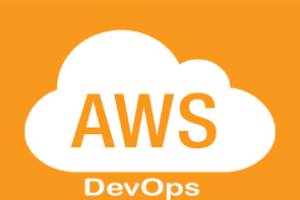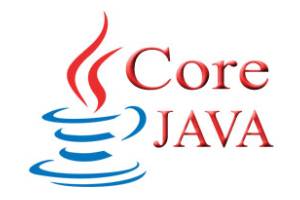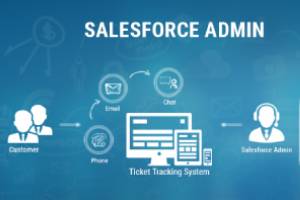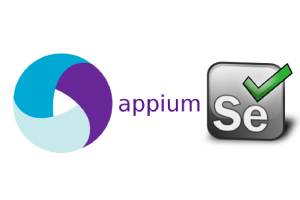The life science industry is very research-oriented and less focused on upgrading its technology as a result their systems are old, less efficient, and difficult to integrate and collaborate over.
Companies in the Life science industry have to comply with regulations set by the FDA such as GMP (Good Manufacturing Practices), FDA Title 21 CFR (Code of Federal Regulations, Food & Drugs). Companies need to print their product info as labels in order to track an item in case of a recall. Manufacturers too, need to print the destination label on their respective products.
Projects in the life sciences industry are generally long and complicated as they involve multiple locations and third-party vendors so managing them is difficult. Managing the supply chain is a huge hassle as the products/material are delicate and manufacturing and delivery are time-sensitive, so the company bears a huge cost if the supply chain is disrupted. It is very important to track products and ingredients as some of them are sensitive to the external environment.

Price management in the Life Sciences domain is the most critical element. This poses a great deal of challenges in terms of regulated pricing risks. Pricing models of the life sciences companies depend upon the region/nation they are doing business, as each nation has different pricing regulations. This makes it essential to monitor and manage the price fluctuations to ensure a profitable operation and sustainability. The US has the highest prices for drugs whereas some countries try to subsidize drug prices or have a pricing cap. This International Reference Pricing (IRP) puts pressure on companies to allocate resources to develop user-friendly end to end pricing and profitability structures








